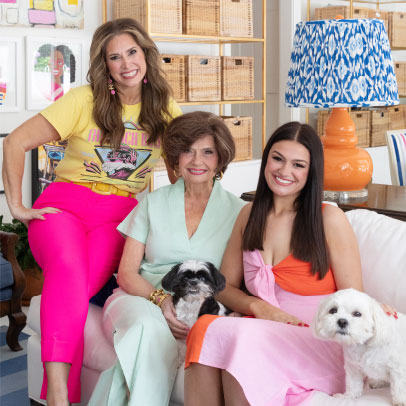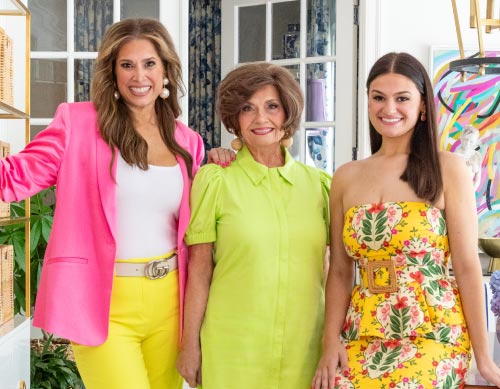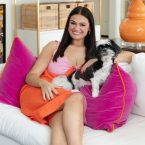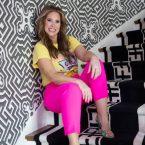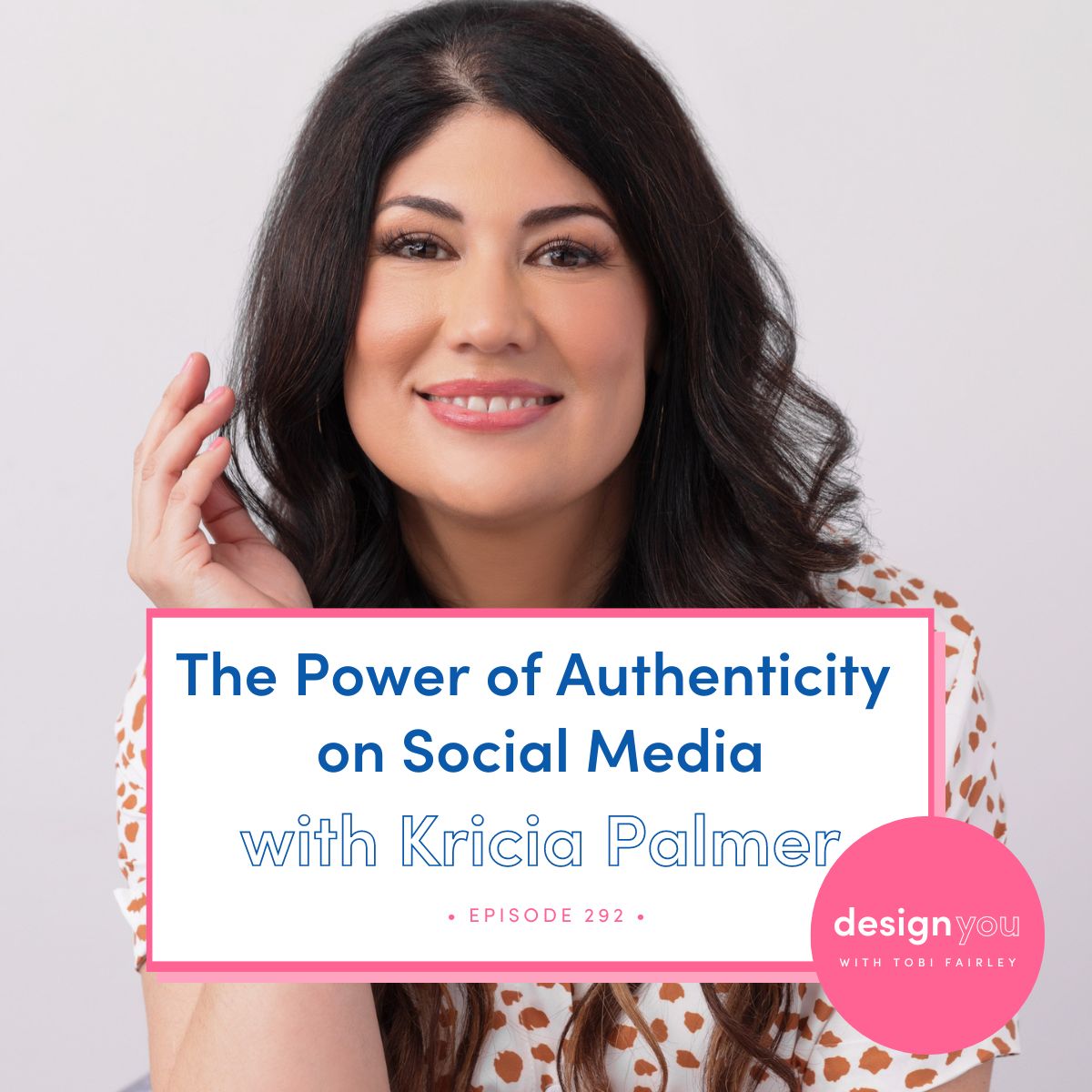
What is the secret to social media success? My guest this week thought she had tried everything over the past few years without seeing any growth. That’s when she decided to shake things up: work on her mindset, become more consistent, and show up with authenticity on social media. Now, she’s seeing real success and exposure, and she’s sharing how she did it.
Kricia Palmer is a physician turned interior designer and certified life coach. She helps crazy busy women physicians create intentionally designed spaces that make coming home the best part of their day. After she discovered how many doctors crave an outlet for their creativity, she built her Design Academy course, teaching other busy physicians how to be their own interior designers.
Tune in this week to discover how to create social media growth and have some fun in the process. Kricia is sharing how she dropped the perfectionism and started showing up authentically, and how the mindset shifts she’s made towards self-love have contributed to the success she’s experienced during 2023.
Prepare to elevate your social media presence and supercharge your interior design business with our dynamic live 3-part training: ‘Show Up on Social Media Like a Pro!’ Join us as we guide you through the strategies and tactics to shine on social media platforms. Say goodbye to uncertainty and hello to confidence as you learn to engage, inspire, and connect with your audience like never before. Don’t miss this golden opportunity to level up your social media game and take your design business to the next level. Secure your spot now and get ready to make a lasting impact in the digital world!

